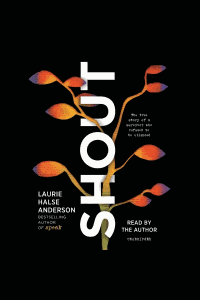Kallen, Stuart A. Understanding The Catcher in the Rye. Part of the Understanding Great Literature series. 2001. 96p. ISBN 978-1-56006-783-7. Available at 813 KAL on the library shelves.
Writers love to entertain and communicate information to their readers. Sometimes, a writer creates a work that transcends the human experience and becomes a guiding post of a society's literature. J.D. Salinger was such a writer. Born in 1919 in New York City, Salinger was a poor student and was eventually sent to a military academy. After graduating, he tried college but left after a year and traveled to Europe, where he spent time learning German in Vienna. He returned to the United States and re-enrolled in college, meeting Whit Burnett, a professor there. Burnett recognized Salinger's writing talents, and encouraged him to write and submit his work to magazines.
Salinger sold a few piece, but then was drafted in the U.S. Army during the Second World War. He served in Europe and landed in Normandy on D. Day, Throughout his war experiences he wrote parts of a book about a boy named Holden Caulfield which would eventually become The Catcher in the Rye.
Released in 1951, the book gained instant fame for its profanity, its depictions of sex, its loose morals, and its deeply flawed main character. Protests and bans further increased sales, to more than 65 million copies.
The Catcher in the Rye is one of the most analyzed and decorticated books in American literature. Hidden meanings are explored, themes are extrapolated, and characters' motivations parsed. Throughout it all, the book's impact on American society and beyond is explored, and the elements that make it an enduring novel that retains currency in a deeply changed world are discussed.
Fans of The Catcher in the Rye or those wishing to know more about this seminal American novel will enjoy reading a carefully crafted analysis of one of the most famous novels of the 20th century.


















